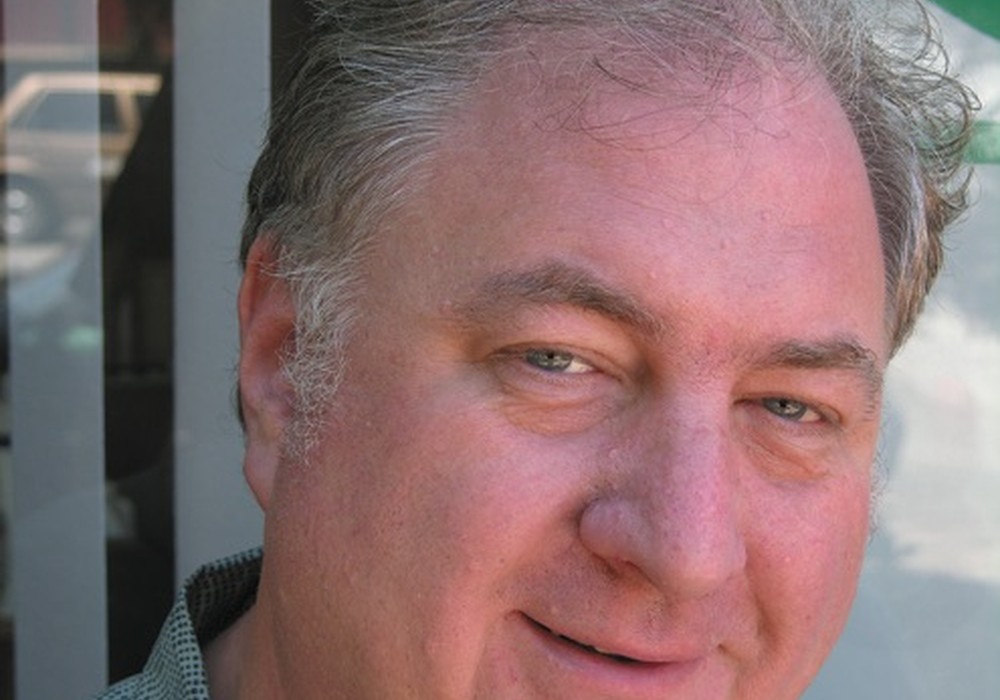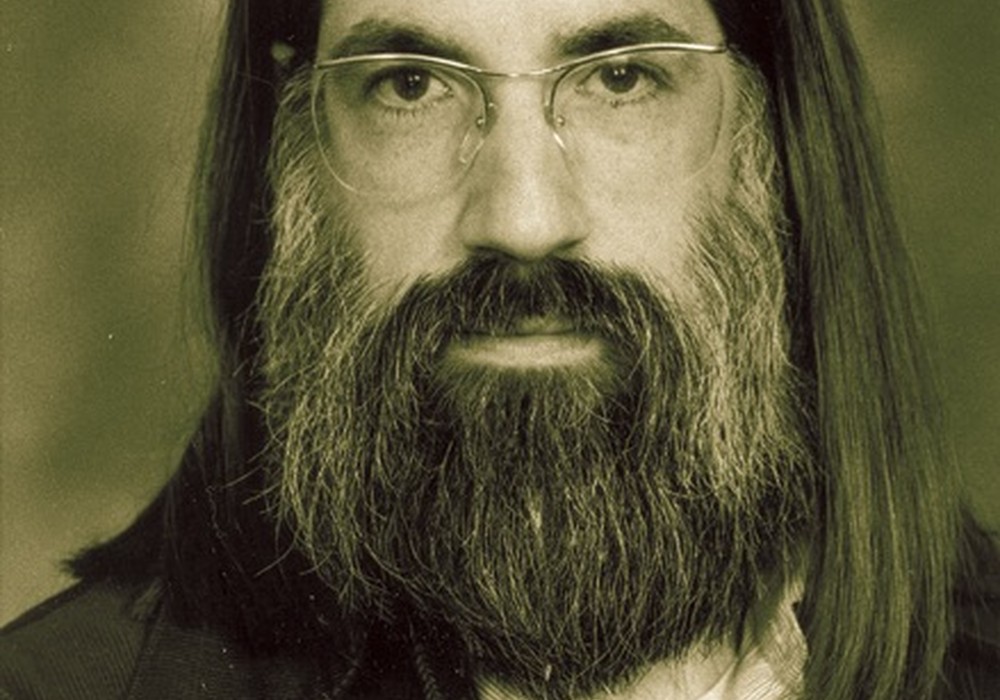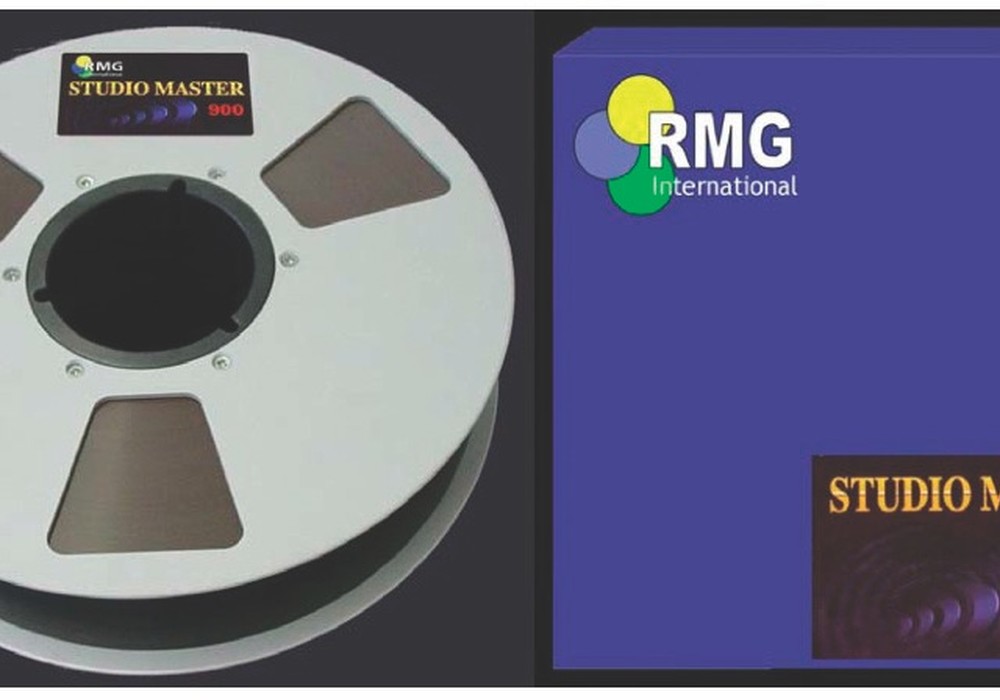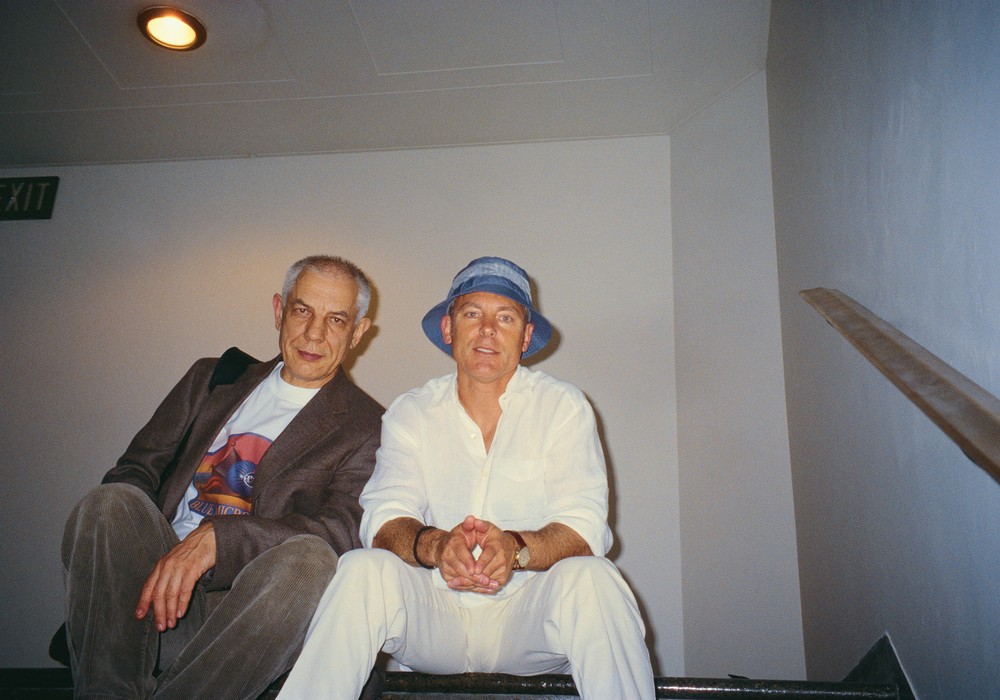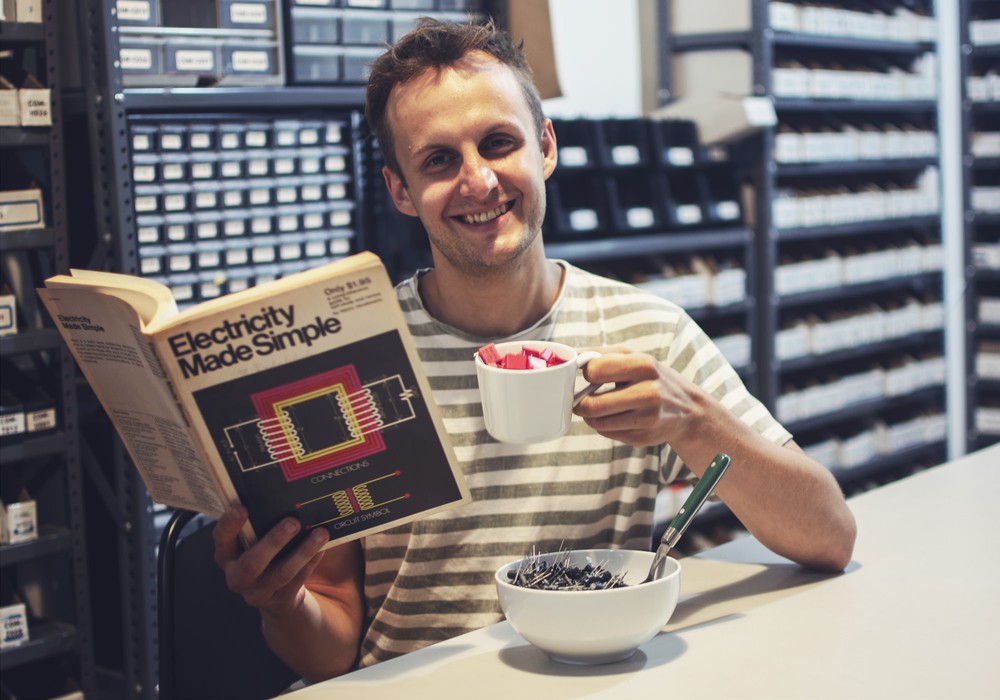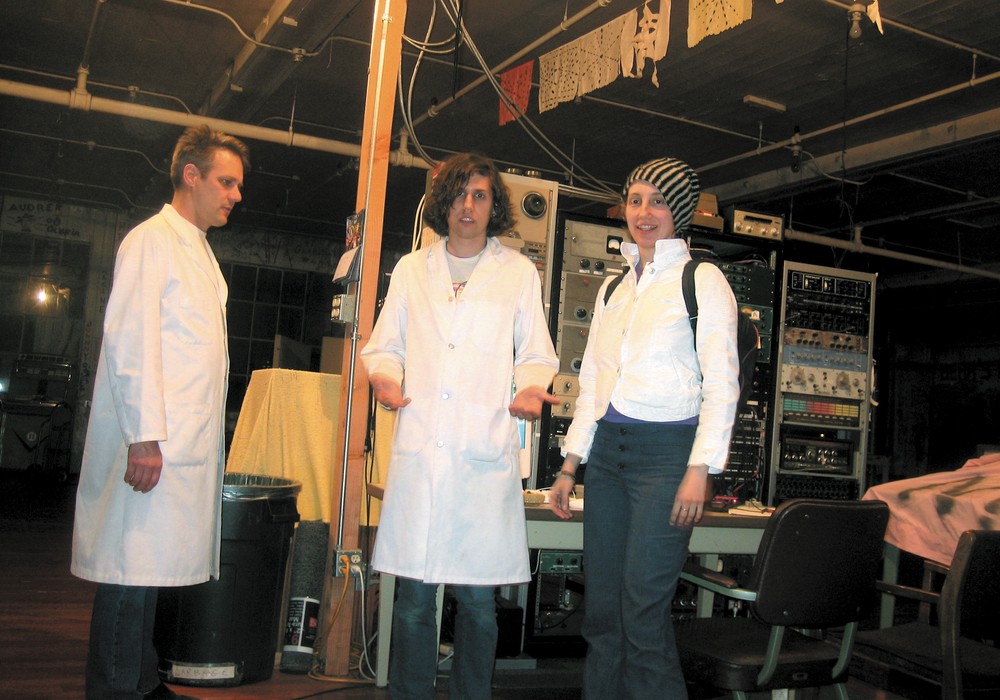Bill Cheney and his partner Jim Romney are the men responsible for keeping the amazing legacy of Spectra Sonics, a legendary, if criminally unheralded, pro-audio company alive.
LC: The history of Spectra Sonics starts with William G. "Bill" Dilley.
He was the chief test engineer for the ICBM [intercontinental ballistic missile] during the early to mid-1960's. He was basically involved with the transition between tube and transistor technology in HF/RF communication. At the time, he was a constant contributor to AUDIO Magazine. He wrote about recording technology; from portable, tube based consoles to VCA-based compressor/limiters.
LC: Was that a passion of his, on the side?
Yeah, audio. I've got the original tube preamp he built in the late '50s, and then I think he saw the light with transistors. It was an immediate thing, between 1962 and 1964. The first day I met him — when I was like 21 or 22 years old — the first thing out of his mouth was, "Eliminate the cause; don't minimize the effect." Later, I found this in his handwritten notes. He would isolate each issue that caused a specific circuit problem, and resolve it. This applied to peak overload, solid state circuit noise and distortion, plus overall amplifier stability. Rather than chasing things with a bigger stick, he just eliminated the problem. That's how his designs worked.
LC: What year did the first Model 101 amp modules come out?
In 1965. He originally just wanted to build modules, power supplies, and equalizers. He sold to places like Auditronics in Memphis. The problem was that people couldn't deal with the grounding, which is important with our stuff. There was also an issue with console construction, which did not meet Dilley's milspec mindset. In the end he was forced to start building consoles.
JB: So all the early Auditronics consoles had Spectra Sonics 101s inside?
Right. When I went up to the factory for the first time, you had women with beehive hairdos, smoking cigarettes while wiring looms, and you'd have stacks of consoles in rows. I recently found out that a second production facility existed for Spectra Sonics via Auditronics. He couldn't build them fast enough in Ogden, Utah, so he built what was called Son of 36 Grand. It looked just like a Spectra Sonics console, but they were building them in Memphis with Spectra parts. But then they started going out the back door, rather than being sent to Ogden to be shipped and sold. So Bill said, "We're not going to do that anymore." And that was that.
LC: So there are some bootleg consoles out there. How did you end up as part of Spectra Sonics?
I was working for a professional audio dealer when I was 21 years old. I went to a seminar one day, and Bill Dilley's personality was rather intimidating. I sat there and listened to him, and when I went home I told my mom that this guy had it figured out. Everybody else at the seminar was pissed and wouldn't go back the next day, so I was the only one there. I made numerous trips to the factory over the next few years. Bill always had time for me. One day, I told Bill, "I'll work for you for free." So I started doing AES shows with him.
LC: What year was that?
It was 1975 or '76. He'd been going for over ten years. When the company started, Bill was still an officer in the USAF.
LC: My introduction to Spectra Sonics was the 610 compressor. My friend came by with one and told me to turn everything all the way up. It goes crazy.
A normal compressor is a peak-sensing level compressor. Whatever the amplitude of the peak is however much gain reduction you get. In fact, they've taken the definition so far, that anything over 9:1 compression is peak limiting, which is backwards from what we do. What we do is that the peak is separate from the compression. So we eliminate the peak. The peak limiter in the circuit is in and out of the circuit in 180 nanoseconds [ns]. It's eliminating the peak. So everything else that passes through, there's no peak. In a peak-limiting mode, you can take our compressor and put it in front of a conventional power amp and get another...
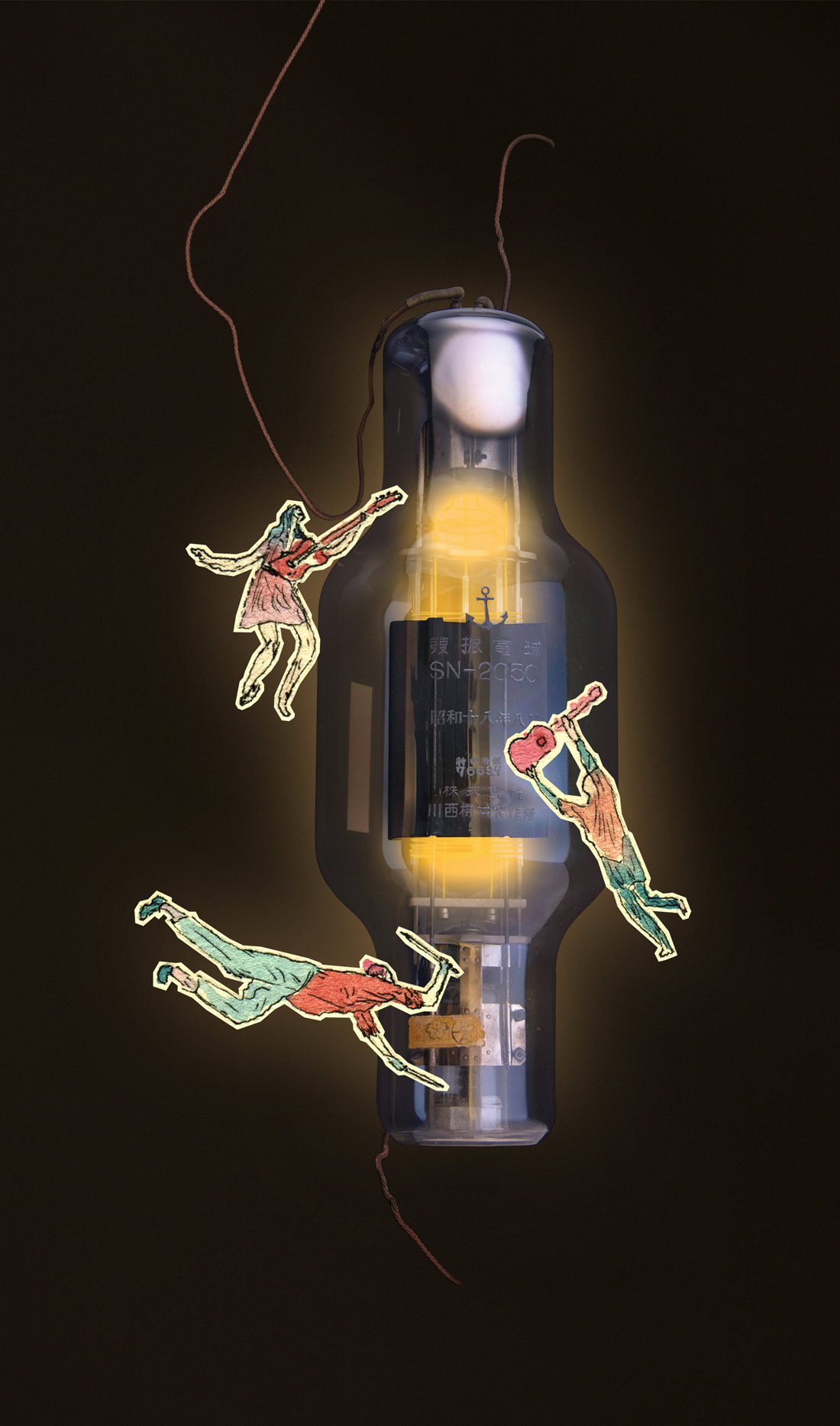

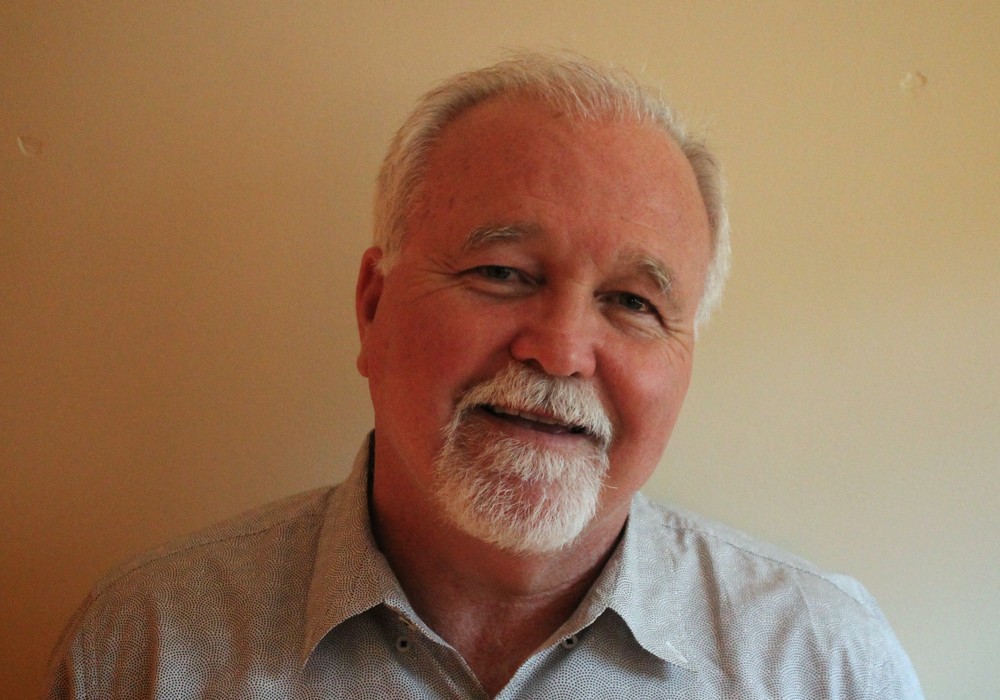


_disp_horizontal_bw.jpg)
